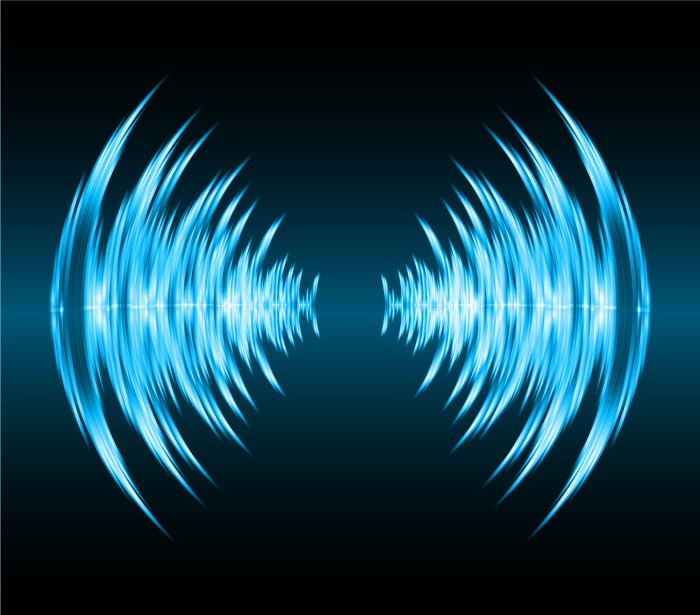What travels through air at 1125 feet per second – At the remarkable speed of 1,125 feet per second, what phenomenon races through the air, carrying messages, warnings, and melodies? Embark on an enlightening journey to discover the nature of this swift traveler and its profound impact on our world.
The speed of sound in air, a fundamental physical property, holds the key to understanding this enigmatic phenomenon. Delve into the intricacies of its calculation, the factors that influence its velocity, and the ingenious methods employed to measure it.
Speed of Sound in Air: What Travels Through Air At 1125 Feet Per Second

The speed of sound in air is a fundamental physical property that governs the propagation of sound waves. It is defined as the distance traveled by a sound wave per unit time and plays a crucial role in various scientific and engineering applications.
The speed of sound in air is calculated using the following formula:
v = 331.5 + 0.6T
where:
- v is the speed of sound in meters per second
- T is the temperature in degrees Celsius
This formula indicates that the speed of sound in air increases with increasing temperature. The constant 331.5 represents the speed of sound at 0 degrees Celsius.
Factors that can affect the speed of sound in air include:
- Temperature
- Altitude
- Humidity
- Wind speed
Measurement of Sound Speed
Various methods can be employed to measure the speed of sound in air. One common method involves using a sound source and a receiver placed at a known distance apart. The time taken for the sound wave to travel from the source to the receiver is measured, and the speed of sound is calculated by dividing the distance by the time.
Another method for measuring sound speed is through the use of a Doppler effect. This technique involves transmitting a sound wave towards a moving object and measuring the frequency shift of the reflected wave. The speed of sound can be calculated from the frequency shift and the velocity of the moving object.
Technology plays a significant role in measuring sound speed with high accuracy. Instruments such as ultrasonic transducers and laser Doppler velocimeters are commonly used for precise measurements in various applications.
Applications of Sound Speed Measurement
Measuring the speed of sound in air has numerous practical applications in various fields:
- Meteorology:Sound speed measurements are used to determine atmospheric conditions, such as temperature and wind speed, and to study weather patterns.
- Acoustics:Sound speed is essential in designing and optimizing acoustic systems, such as concert halls and soundproofing materials.
- Engineering:The speed of sound is crucial in the design of aircraft, rockets, and other vehicles that operate in the atmosphere.
- Medical imaging:Ultrasound, which utilizes sound waves, relies on the accurate measurement of sound speed for medical imaging applications.
Impact of Temperature on Sound Speed, What travels through air at 1125 feet per second
Temperature has a significant impact on the speed of sound in air. As temperature increases, the speed of sound increases. This is because the sound waves travel faster in warmer air due to the increased molecular motion.
| Temperature (°C) | Speed of Sound (m/s) |
|---|---|
| 0 | 331.5 |
| 10 | 337.4 |
| 20 | 343.2 |
| 30 | 349.0 |
Temperature variations can affect sound propagation and applications. For example, in hot environments, sound waves travel faster, leading to changes in the perceived pitch of sounds.
Impact of Altitude on Sound Speed
Altitude also affects the speed of sound in air. As altitude increases, the air density decreases, leading to a decrease in sound speed. This is because the sound waves have fewer molecules to interact with, resulting in a slower propagation rate.
| Altitude (m) | Speed of Sound (m/s) |
|---|---|
| 0 | 331.5 |
| 1000 | 330.6 |
| 2000 | 329.7 |
| 3000 | 328.8 |
Altitude variations can affect sound propagation and atmospheric phenomena. For example, in high-altitude environments, sound waves travel slower, leading to changes in the range and audibility of sounds.
Key Questions Answered
What factors affect the speed of sound in air?
Temperature, altitude, and humidity.
How is the speed of sound measured?
Using sound waves and measuring the time it takes to travel a known distance.
What are some applications of measuring sound speed?
Weather forecasting, underwater acoustics, and medical imaging.

